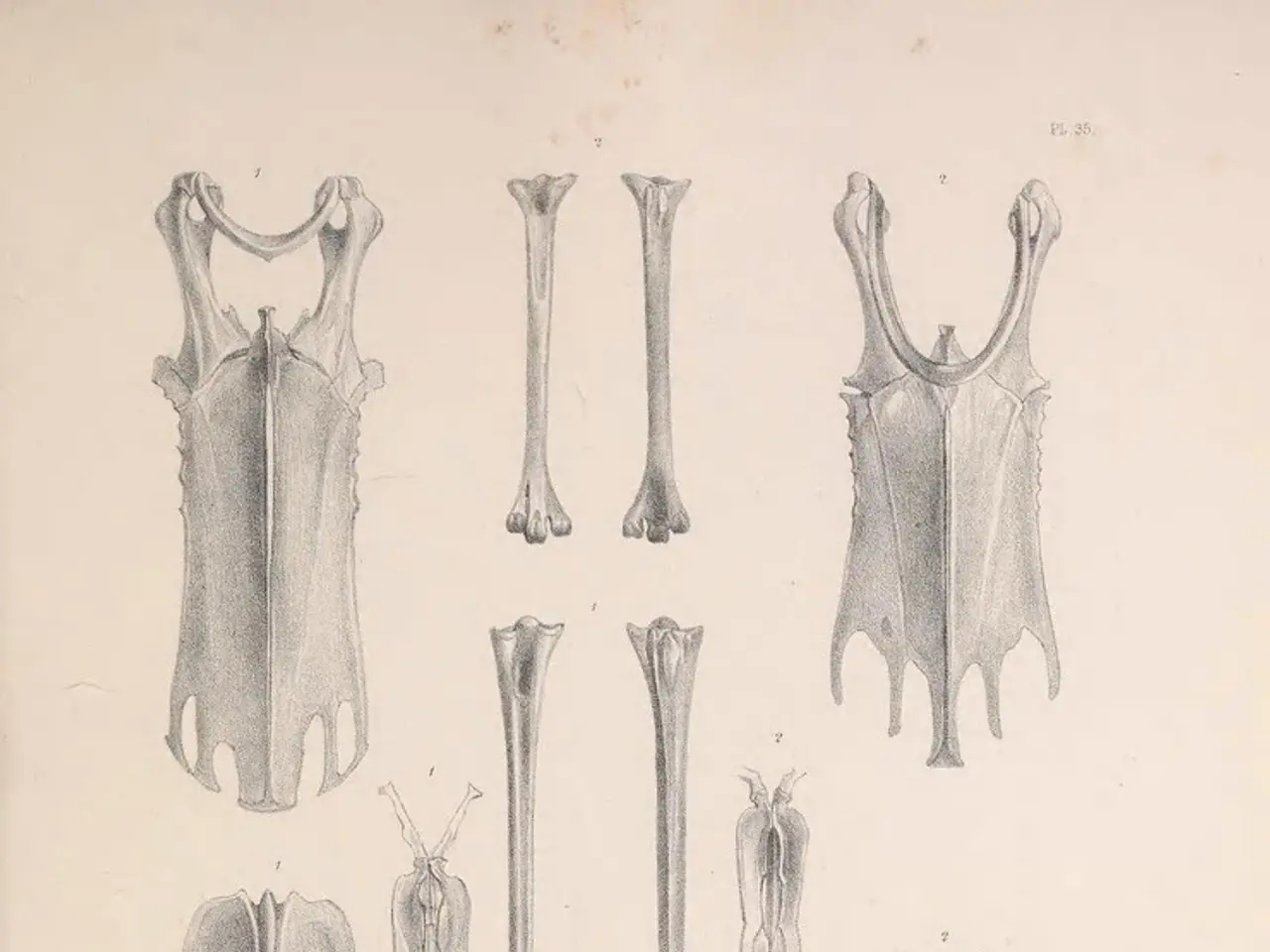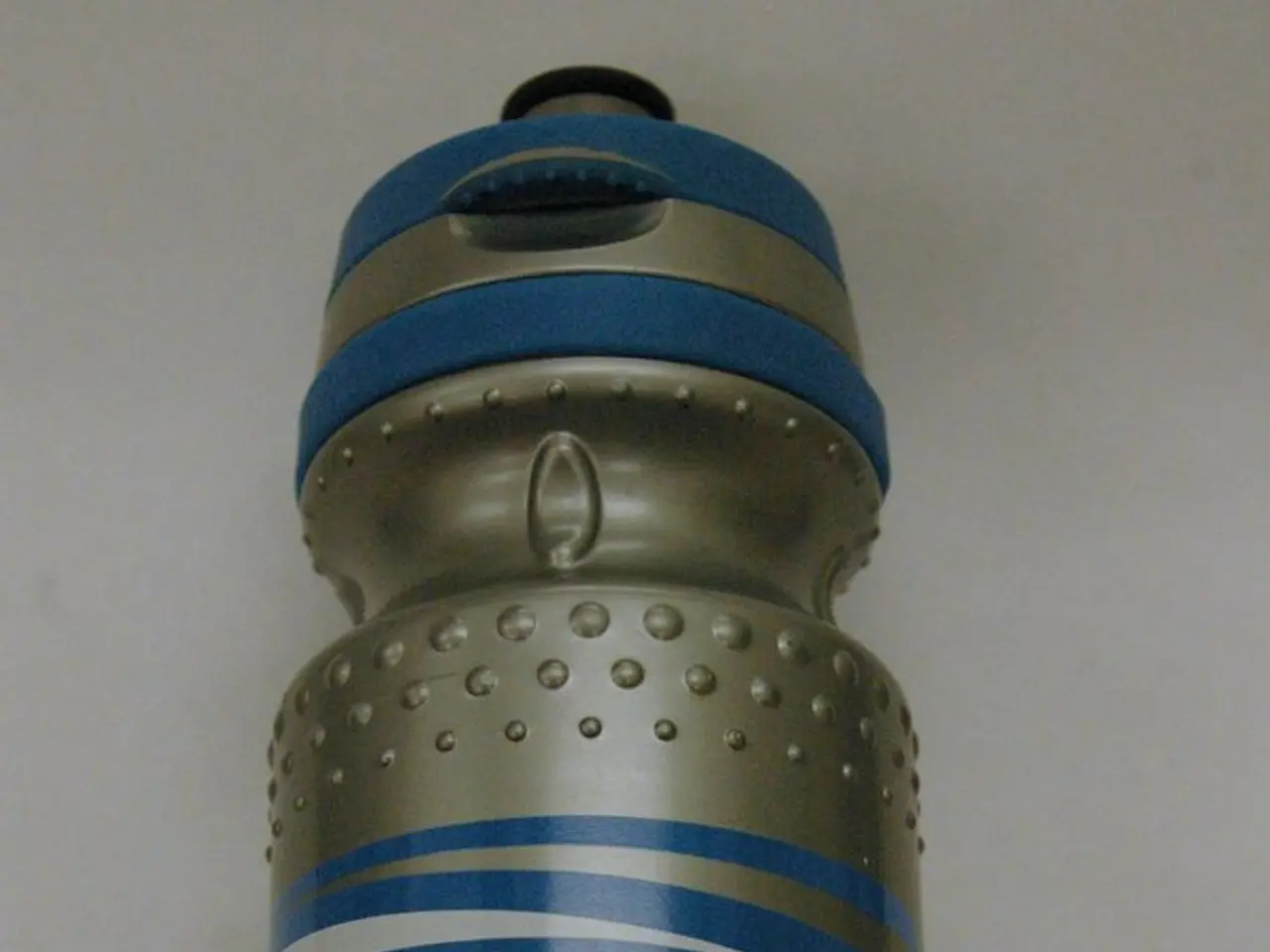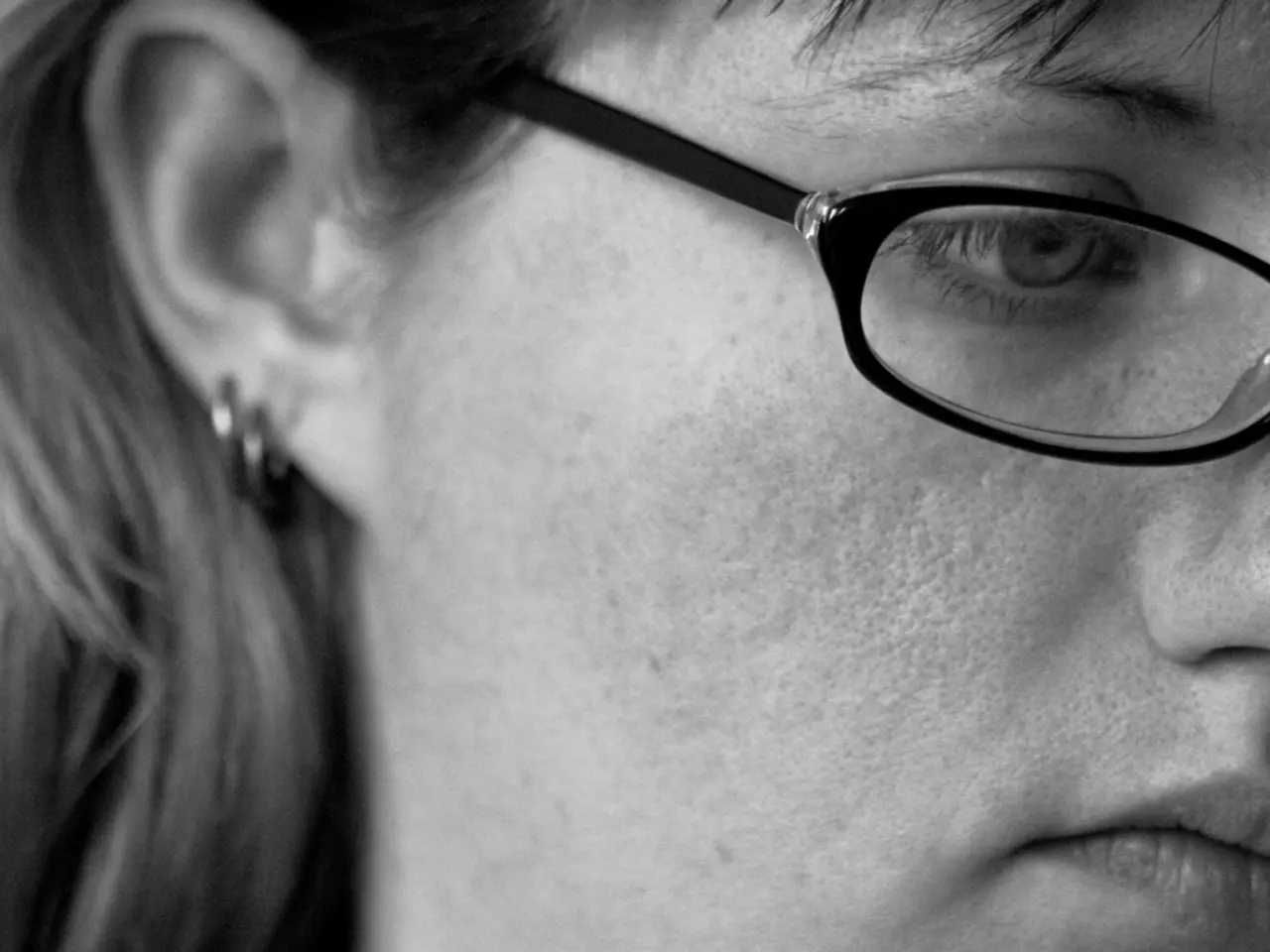COVID-19 cases are suddenly appearing.
Professor Dr. Maximilian Ackermann, a renowned pathologist and anatomist, has been honoured with a prestigious award for his groundbreaking work in the field of disease research. The Lennart Nilsson award, an annual prize worth 120,000 Swedish Krona (around 10,700 Euro), recognizes Professor Ackermann's pioneering work in understanding diseases like cancer, Alzheimer's, and lung diseases.
The award celebrates the legacy of Lennart Nilsson, a renowned photographer known for his scientific images from inside the body. Professor Ackermann's scientific work bridges the gap between basic research and its practical application in patient care, significantly contributing to the understanding of disease progression.
Professor Ackermann's research methods exceed the capabilities of conventional clinical imaging methods. He uses advanced technologies like hierarchical phase-contrast tomography (HiP-CT) and scanning electron microscopy to visualize fine structures, vessels, and pathological changes in organs in three dimensions.
These technologies, such as HiP-CT, enable high-resolution, three-dimensional visualization of intact human organs, allowing detailed observation of vascular architecture changes at multiple scales. Scanning Electron Microscopy (SEM), on the other hand, provides ultrastructural details of tissues and cells, revealing microvascular alterations in diseases like Alzheimer's.
In Alzheimer's disease, brain blood vessels often undergo structural and functional changes such as reduced capillary density, thickening or stiffening of vessel walls, and impaired blood-brain barrier integrity. These vascular alterations can contribute to decreased cerebral blood flow and facilitate neurodegeneration.
Regarding cancerous tissue spread (metastasis), research involving these imaging tools enables visualization of how tumor cells invade surrounding tissues, penetrate blood vessels, and disseminate via the circulatory system. HiP-CT can show spatial relationships in whole organs, while SEM can reveal cellular-level interactions.
While these techniques have been applied in various studies of Alzheimer's and cancer metastasis, there is no publicly available detailed summary from Professor Dr. Maximilian Ackermann specifically addressing these points. Further direct publications or reports would be required for precise insights from his work.
In addition to the prestigious award for scientific photography, Professor Ackermann has also received the Rudolf Virchow Prize and the Boehringer Ingelheim Prize. More information about his scientific photography and background can be found on the website PATHart.org.
Professor Ackermann's research primarily focuses on the formation of new blood vessels and their impact on cardiovascular diseases, cancer, or wound and tissue repair. Inspired by Lennart Nilsson's work to make the invisible visible, Professor Ackermann continues to push the boundaries of scientific discovery.
Professor Dr. Maximilian Ackermann's pioneering work has extended to the study of various medical-conditions such as cancer, Alzheimer's disease, and respiratory-conditions, due to his use of advanced technologies like therapies-and-treatments such as HiP-CT and scanning electron microscopy. These technologies enable the visualization of pathological changes related to neurological-disorders like Alzheimer's, where blood vessels in the brain may undergo structural and functional changes.
Moreover, cancer research utilizing these techniques involves the visualization of tumor cell invasion and the spread (metastasis) through the circulatory system. By providing detailed observations of cellular-level interactions and vascular architecture changes, these methods contribute significantly to the health-and-wellness sector, bridging the gap between basic research and its practical applications in patient care.
Despite establishing himself as an authority in his field, there is a lack of detailed summaries from Professor Ackermann specifically addressing the implications of his work on Alzheimer's disease and cancer metastasis. Further direct publications or reports are necessary for precise insights into his groundbreaking research.
Professor Ackermann's work primarily focuses on the formation of new blood vessels and their impact on various diseases, including cardiovascular diseases, cancer, and wound and tissue repair, as he continues to seek new frontiers in scientific research, inspired by Lennart Nilsson's philosophy of making the invisible visible.




